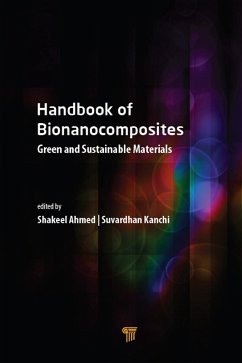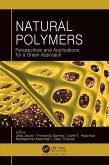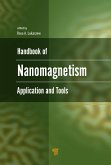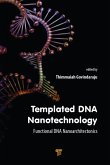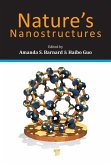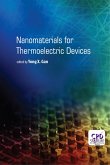Advanced bionanocomposite materials continue to be increasingly popular and are important for a wide range of scientific and engineering applications. In the race to exploit the unique mechanical, thermal, and electrical properties of bionanocomposite materials, researchers need to address new challenges in predicting, understanding, and managing the potentially adverse effects these materials could have on the environment and human life.
This book focuses on the fundamentals of bionanostructured materials and bionanocomposites. It deals with some recent developments in the synthesis and characterization of bionanomaterials as well as their incorporation into polymer matrixes. The biological applications of bionanomaterials are also discussed in detail, along with the synthesis of bionanostructured materials and bionanocomposites, reviews of food packing, water remediation, heavy metal ion adsorption from wastewaters, and other industrial applications. This book is aimed at beginners in this field as well as advanced undergraduate- and graduate-level students of materials science and researchers working in the fields of bionanocomposites, nanotechnology, and analytical chemistry, especially those with an interest in materials for analytical applications.
This book focuses on the fundamentals of bionanostructured materials and bionanocomposites. It deals with some recent developments in the synthesis and characterization of bionanomaterials as well as their incorporation into polymer matrixes. The biological applications of bionanomaterials are also discussed in detail, along with the synthesis of bionanostructured materials and bionanocomposites, reviews of food packing, water remediation, heavy metal ion adsorption from wastewaters, and other industrial applications. This book is aimed at beginners in this field as well as advanced undergraduate- and graduate-level students of materials science and researchers working in the fields of bionanocomposites, nanotechnology, and analytical chemistry, especially those with an interest in materials for analytical applications.
Dieser Download kann aus rechtlichen Gründen nur mit Rechnungsadresse in A, B, BG, CY, CZ, D, DK, EW, E, FIN, F, GR, HR, H, IRL, I, LT, L, LR, M, NL, PL, P, R, S, SLO, SK ausgeliefert werden.

